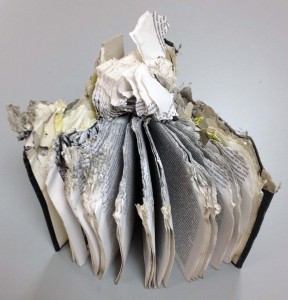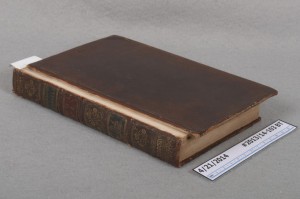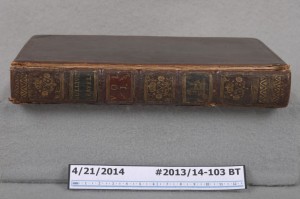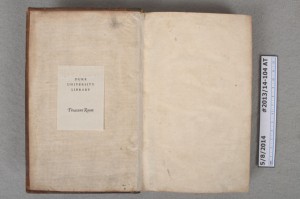From the NCPC Press release:
Significant Preservation: Inventories and Assessments for Strategic Planning
North Carolina Preservation Consortium Annual Conference
William and Ida Friday Center for Continuing Education
University of North Carolina at Chapel Hill
November 7, 2014
Inventories and assessments of heritage collections and sites are vital for meaningful strategic planning that conveys the importance of allocating scarce resources for preservation programs. Establishing the significance of tangible heritage to the communities we serve is essential for prioritizing conservation, storage, exhibition, and emergency planning decisions to protect cultural treasures for present and future generations. This conference will help you influence organizational, political, and community leaders who have the authority to improve preservation funding. Register today for a valuable learning experience with state, national, and international preservation leaders.
Keynote Speakers
Veronica Bullock is the Co-founder and Director of Significance International. She holds a bachelor’s degree in Prehistory/Archaeology from the Australian National University and a master’s degree in Applied Science (Materials Conservation) from the University of Western Sydney. Her fellowship at the International Center for the Study of the Preservation and Restoration of Cultural Property explored how significance assessments and risk assessments are taught in graduate conservation programs in Australia, Canada, the United States, and several countries in Europe. Ms. Bullock will provide an overview of the Significance Assessment methodology developed by the Collections Council of Australia.
Lisa Ackerman is the Executive Vice President and Chief Operating Officer of the World Monuments Fund and a Visiting Assistant Professor at the Pratt Institute. She holds a BA from Middlebury College, an MS in historic preservation from the Pratt Institute, and an MBA from New York University. Her professional service has included membership on the boards of the Historic House Trust of New York City, New York Preservation Archive Project, St. Ann Center for Restoration and the Arts, Partners for Sacred Places, Neighborhood Preservation Center, and the U.S. National Committee of the International Council on Monuments and Sites. Ms. Ackerman will present an introduction to the Arches heritage inventory and management system.
Dr. Paul R. Green is a Cultural Resources Specialist for the U.S. Air Force Civil Engineer Center, an Adjunct Associate Professor at Old Dominion University, and a modern Monuments Man. He holds a BS from Marshall University, MA from the University of Missouri-Columbia, and a PhD in Anthropology (Archaeology) from the University of North Carolina at Chapel Hill. Dr. Green is a member of the U.S. Central Command (CENTCOM) Historical/Cultural Advisory Group and the International Military Cultural Resources Working Group. He will address the challenges and importance of prioritizing global heritage collections and sites for the protection of cultural property during war and armed conflicts.
Lightening Session Speakers
Martha Battle Jackson is Chief Curator for North Carolina Historic Sites. She will provide an overview of the Museum Assessment Program (MAP) for Collection Stewardship sponsored by the American Alliance of Museums.
Andrea Gabriel is Outreach & Development Coordinator for the North Carolina State Archives. She will present an introduction to the Traveling Archivist Program (TAP) administered by the North Carolina Office of Archives & History.
David Goist is a painting conservator in private practice. He will give an overview of the Conservation Assessment Program (CAP) sponsored by Heritage Preservation.
For more information on the conference schedule, registration, scholarships, etc., see the NCPC events page.



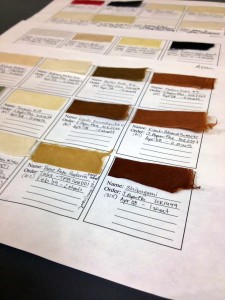



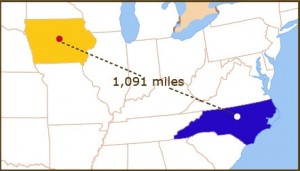
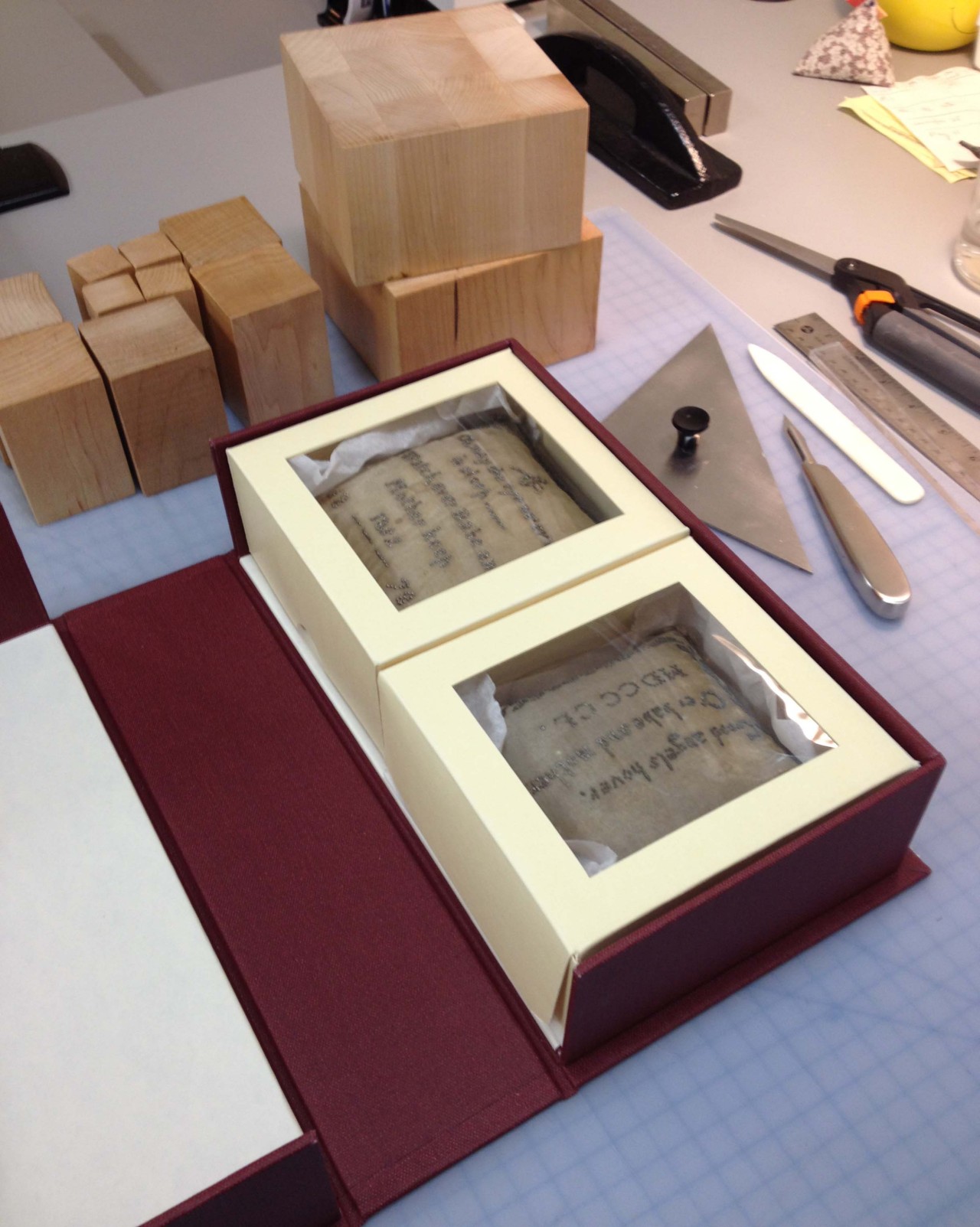

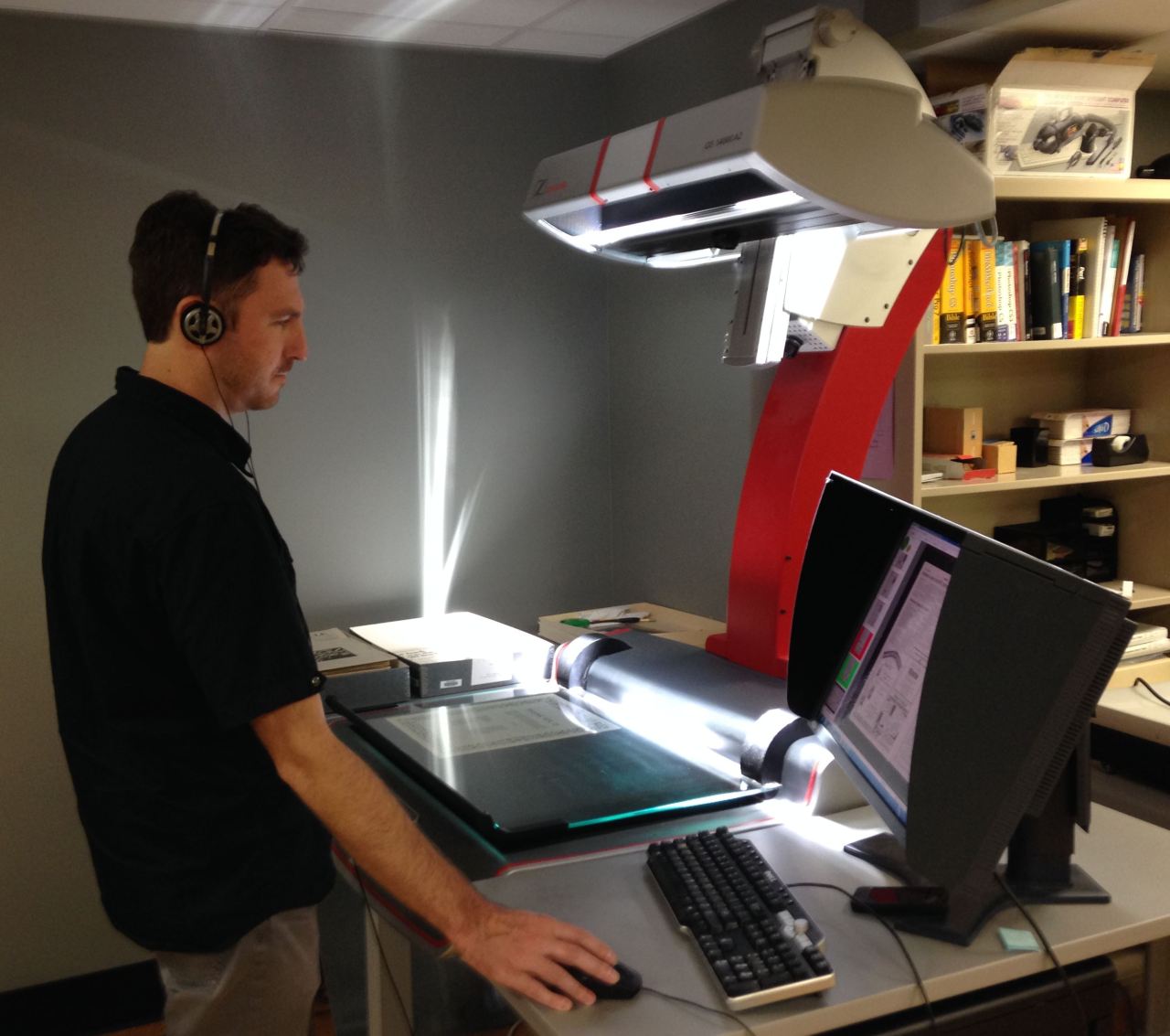
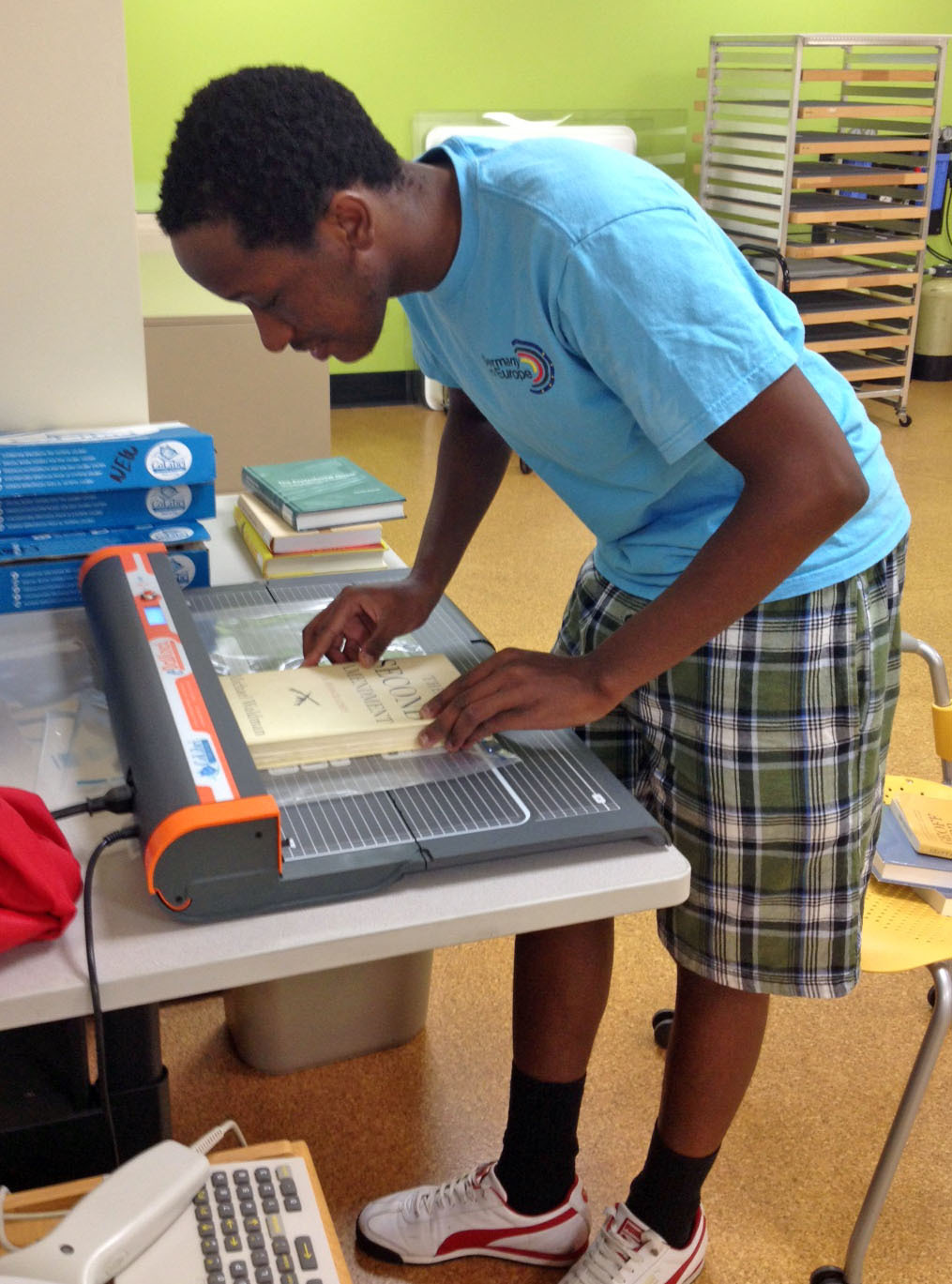
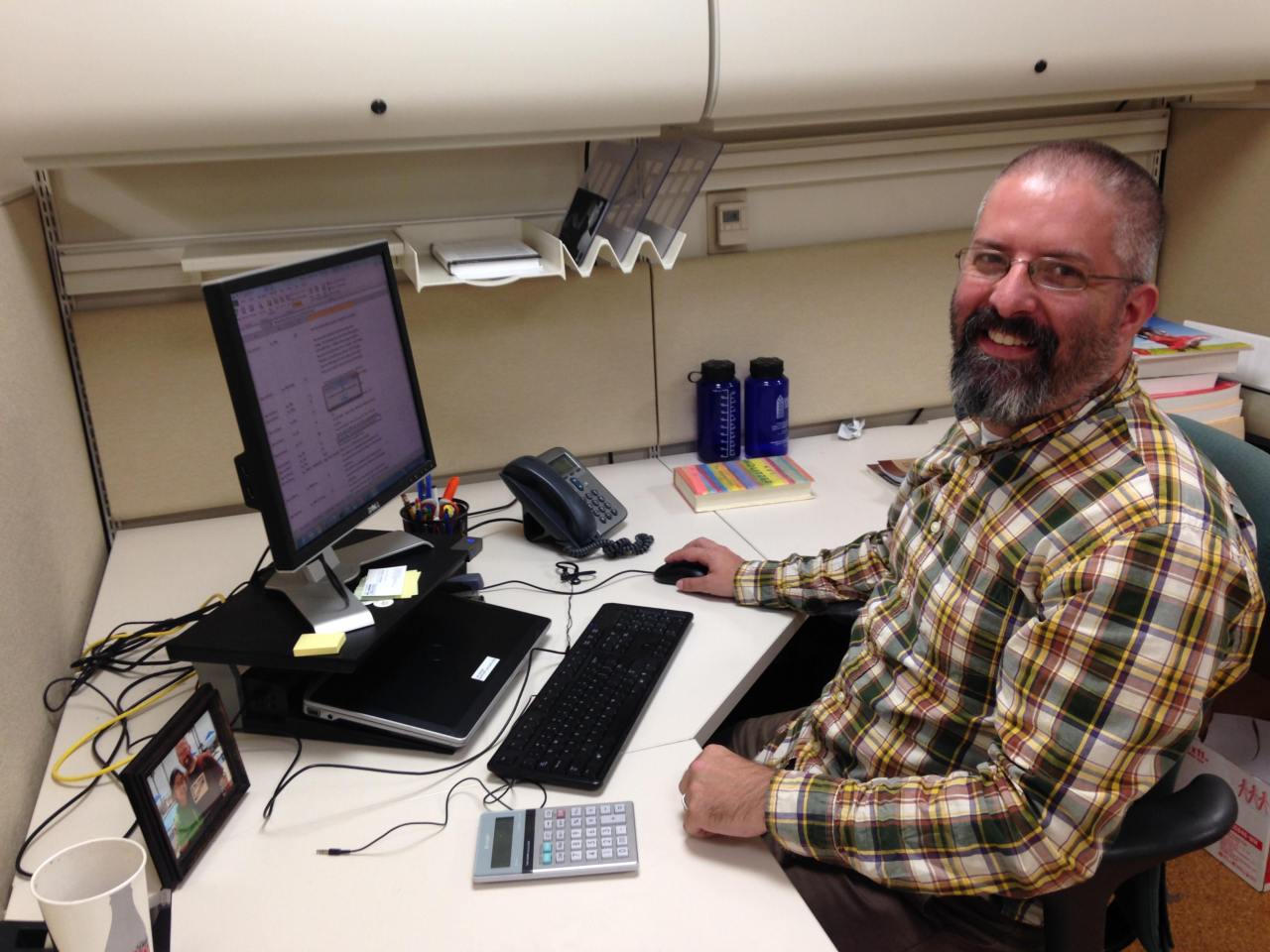
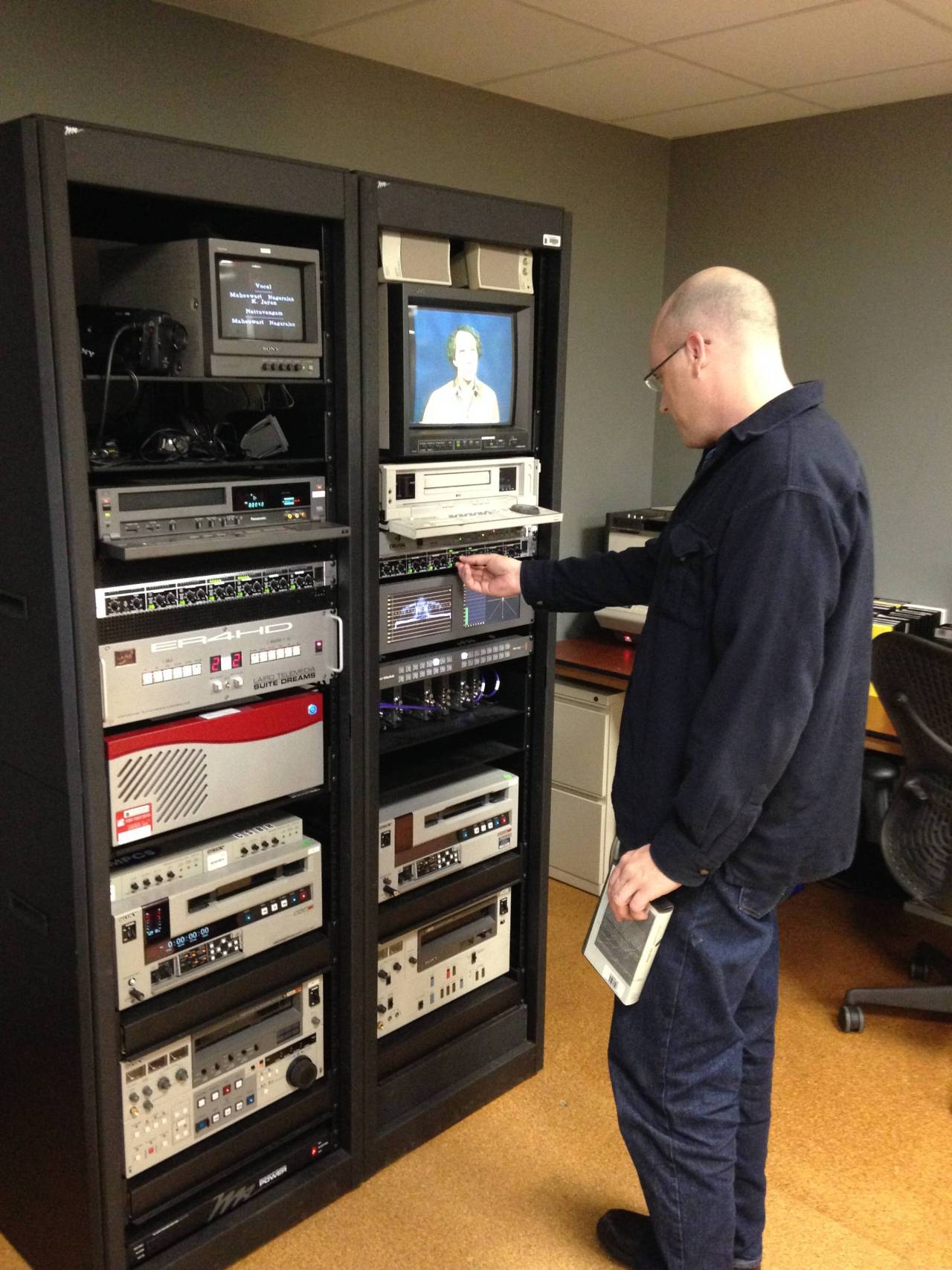
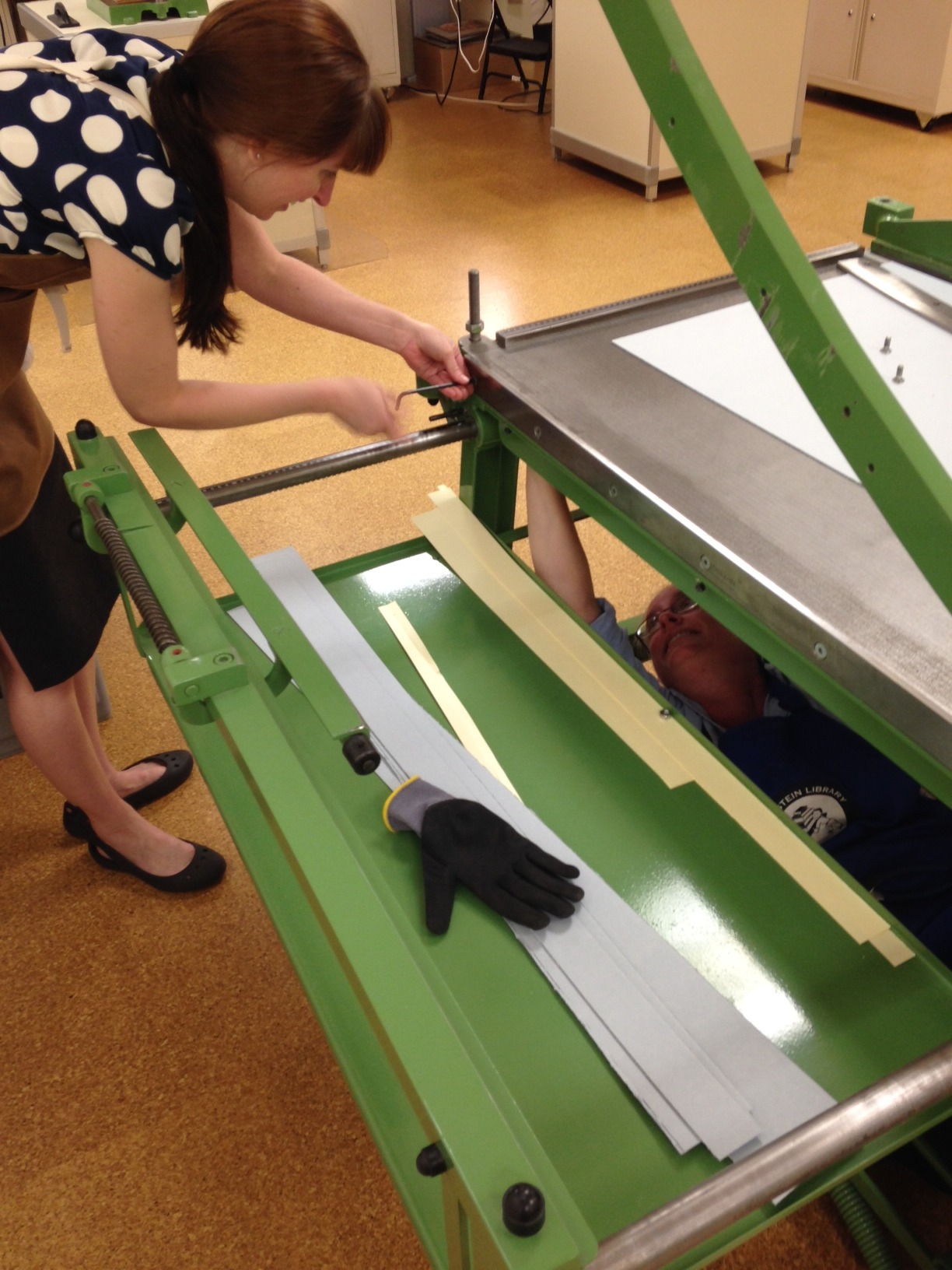

!["July 2 2014 It was cool at Duke we soo [saw] a lot of pepole. We I soo [saw] a Star Ware book. Dad showed a Bat Man comix. Whe soo a leter from George Washington in 1773."](http://blogs.library.duke.edu/preservation/files/2014/07/thank-you-300x224.jpg)
